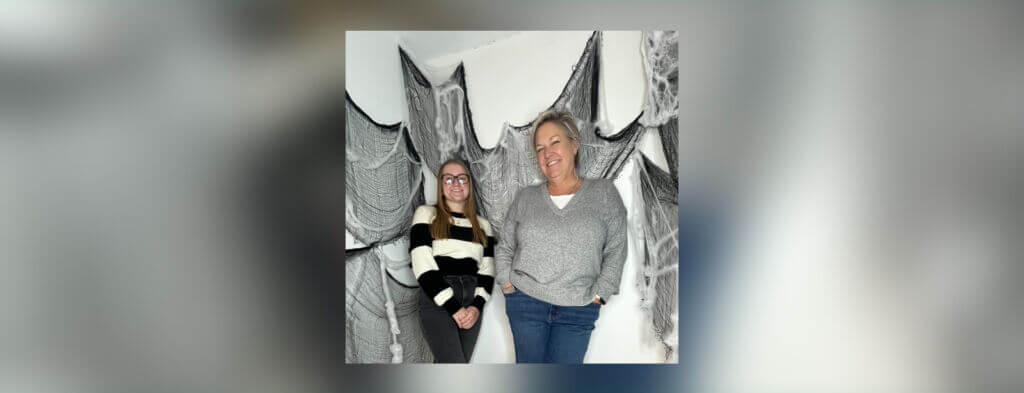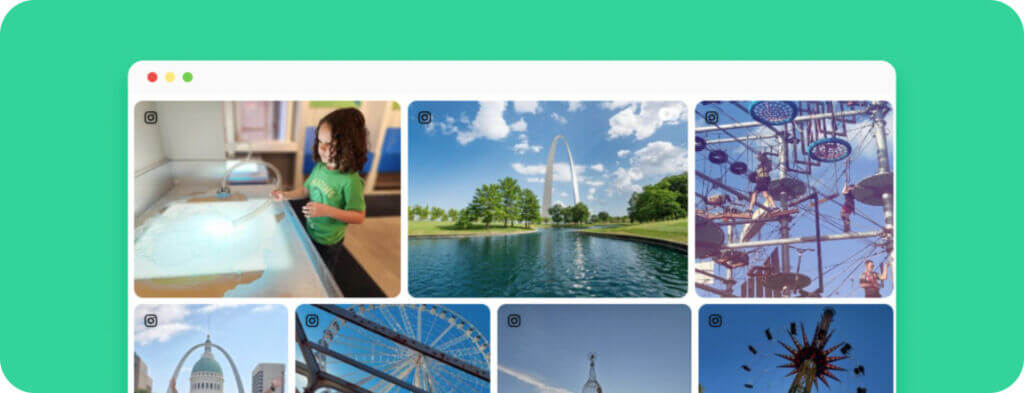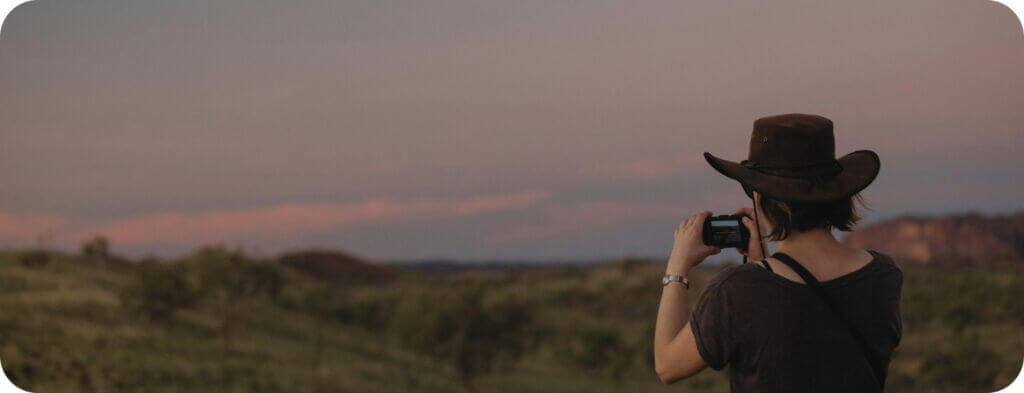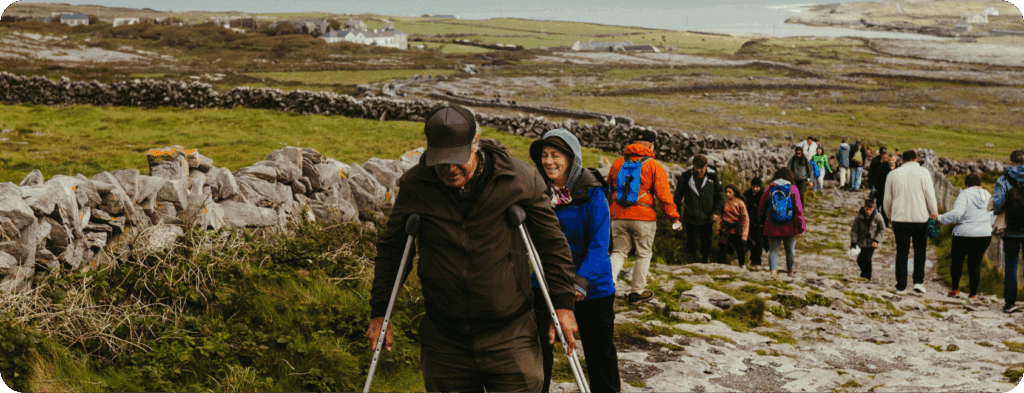
Visuals are one of your most powerful assets as a marketer.
They capture and hold attention like no other, and your audience is likely to remember 40% more of what they see than what they read.
This is especially true for travel and tourism marketers, since their audience is primarily inspired by visuals they see when booking a trip—whether it’s on social media, an ad or a website. According to Phocuswright, 50% of travelers recall visual ads they’ve seen online when booking a trip.
Traditionally, travel and tourism brands have relied on visuals created by professionals in their marketing campaigns rather than repurposing visuals that come from their guests (which is often referred to as user-generated content).
However, more brands are realizing that a mix helps create campaigns that are more authentic, compelling and relatable. In fact, brand engagement rises by 28% when consumers are exposed to both professional content and user-generated content.
Nailing this mix of visuals is essential since your potential guests are visual decision-makers. They’re inspired by beautiful photos and videos of unique experiences when they are choosing where to go and what to do. So how do you get it right?
The Three Types of Visual Content
The first step is understanding what types of visual content is available to you to use in your marketing strategy. There are three main types of visuals: owned, earned, and paid.
What are the benefits and use cases of each type of visuals for you as a marketer? In this post we’ll outline for you the differences between owned, earned, and paid media, and when you should use each to fuel your marketing initiatives.
Owned Visuals
These are brand-generated visuals that your organization pays to have created for you, whether done internally, or commissioned by an agency, photographer, or videographer. This also includes images that you purchase the rights to, like stock photography.

Professional photography is useful for high quality landscape shots.
Where should you use owned visual content?
- Print materials & out of home marketing: These mediums require high resolution images, and because they can be expensive, you will likely want to have more control over the content and its quality.
- Website headers: If you’re producing a video or photo for a website header, you’ll want to make sure it’s high quality.
- Video or multimedia: Often, commissioning a videographer is the way to go for video production since you likely have a specific script and narrative in mind. Because video is so effective, having a high resolution output is important (especially if it’s for TV or film commercials).
Example: Boca Raton Resort & Club
Boca Raton Resort & Club uses a mix of owned and earned visuals in their marketing, but for the purposes of this example, let’s focus on how they use owned visuals.
A professionally-shot video dominates the homepage header, mixing drone footage with candid shots of people enjoying the amenities. The drone’s dramatic view of the property immediately grabs a visitor’s attention, enticing them to keep watching the video or scroll through the rest of the site.
The images of people experiencing the property are shot so that there’s more control over what’s in the background and what the lighting is like, which is much easier to do when you’re working with a professional on behalf of your brand.
Earned Visuals
These are visuals that other people are posting online via social media. This is also known as user-generated content (or UGC), which is a very popular visual marketing strategy amongst travel and tourism brands. This is because travelers are inspired by what other people like them are doing—what restaurants are they eating at? What local secrets have they discovered?
For example, this photo was taken not by a professional, but a traveler! Thanks clarisse_cnrd for letting us share.
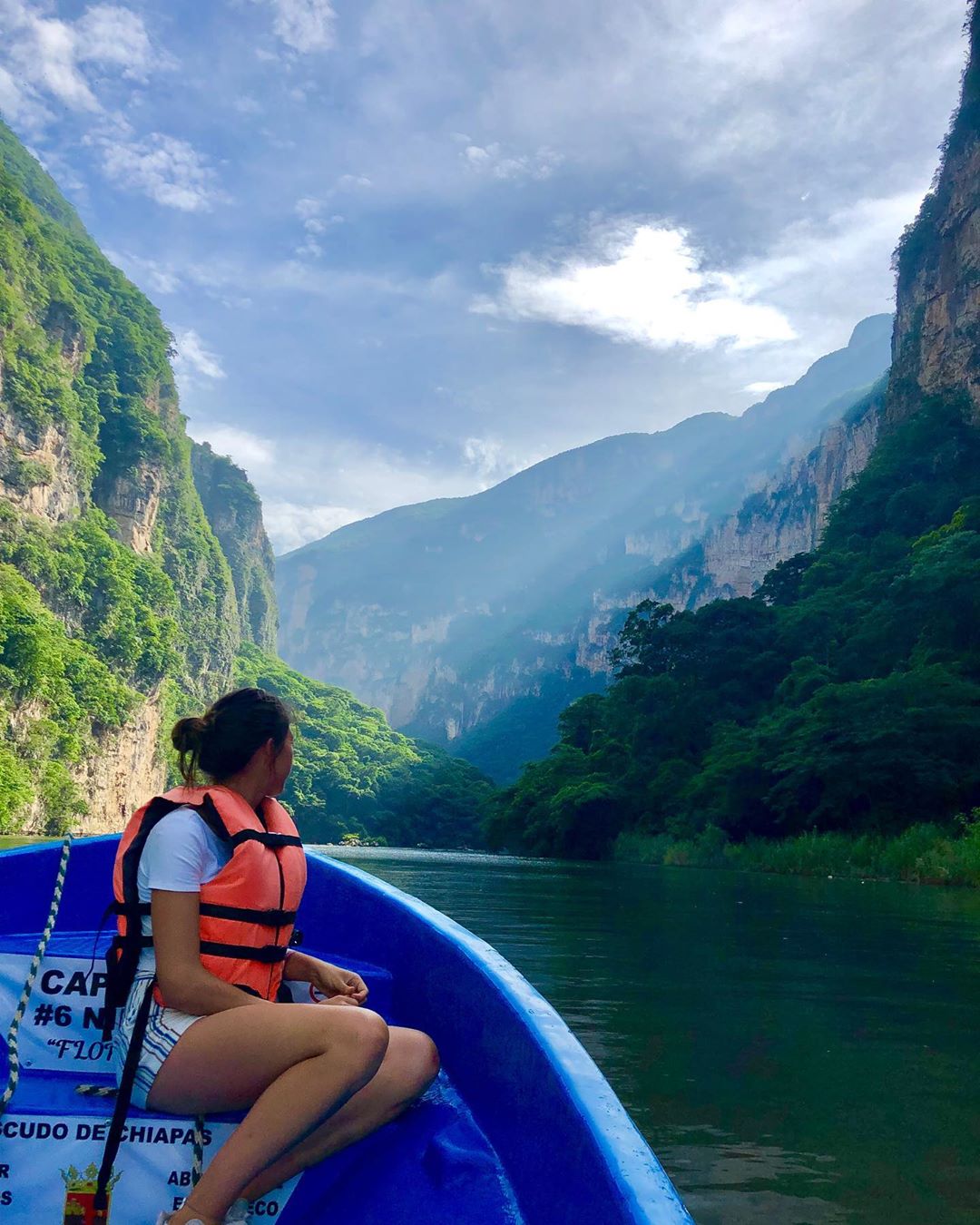
“It’s preferable to use original images or ones taken by you, as this adds a much-desired personal touch to your campaign. High quality, attractive images are often expensive to purchase or time-consuming to create.”
Where should you use earned visual content?
- Visitor guides: UGC can help highlight and capture the feeling of your activities, amenities, and events in an authentic way. This is especially true for shots that feature people, since a lot of professional photography tends to look staged.
- Social Media Content: Sharing visitors or guests’ content keeps the organic feeling of posts that are intended for social media that professional photography misses the mark on. Re-posting guest photos will also help you build a social connection with them.
- Website: Visually showcase the variety of activities, restaurants, etc. that you’re writing about on your blog or website, and back up what you’re saying with social proof.
- Digital Ads: UGC is ideal to use for digital ads, since the most popular place for these ads is social media. You want your sponsored content to feel just as authentic as everything else in people’s feeds so it isn’t ignored.
Example: Destination Canada
Instead of sending a crew to capture the entire country (the second largest by land mass), Destination Canada tapped into the user-generated content that already existed on social media. Within a period of 2 weeks, they’d acquired the rights to over 2500 photos and videos, which they turned into a series of short, fun, and exciting videos.
The result? The videos spread like wildfire, racking up over 3 million views just in the first week.
Paid Visuals
Paid visuals can also be defined as influencer-generated visuals, where the focus is placed on particular people who others look up to for inspiration and influence. Brands pay to have influencers create their own content based on their experiences with a particular product or service.
When should you use paid visual content?
- If you’re looking to target a specific audience: If you know that you need a little help to reach young moms, or maybe millennials, you can get help from social media figures you know that they are following and trust.
- If you need a little help developing more UGC: Hosting local meetups or creating a brand ambassador program is a great way to get content produced for you by people who know social media best!
Example: Visit Franklin
Influencer programs all vary—they can be formal, when you pay someone to directly advertise your product or service, or informal, where people receive perks like discounts or specials in exchange for the promise to create content.
Visit Franklin runs an informal influencer marketing program. The DMO selects 25 people every month who get a formal afternoon of education about Franklin. If you participate in the Visit Franklin Ambassador Program, you get a certificate signed by the mayor and a VIP Pass to local attractions. This encourages people to create a ton of UGC Visit Franklin can use in their marketing.
Watch our webinar on Building Visual Marketing Campaigns for Travel and Tourism Brands to learn how to build impactful visual marketing campaigns with CrowdRiff.
Each visual content type has its benefits…
…but also its downfalls. They all have a time and place that they will be the most impactful. Use this chart as a reference point if you’re stuck planning out your visual content!

Before you make a decision on visual content, remember to think about what you’re hoping your visuals will achieve. Consider:
• What kind of story you’re trying to tell,
• Requirements for size and resolution,
• Budget and timeline, and
• Your audience
As a marketer, you’re in a powerful position to set the customer’s expectations and frame the experience they are about to have on their travels. Remember that the visuals you choose, particularly those supported by UGC, can set the stage for an unrivaled, unmatched, incomparable experience.
Looking to learn more about the role of visual content in your marketing? Register for our popular Visual Marketing Masterclass: A 3-Week Email Course for Travel & Tourism Marketers.

